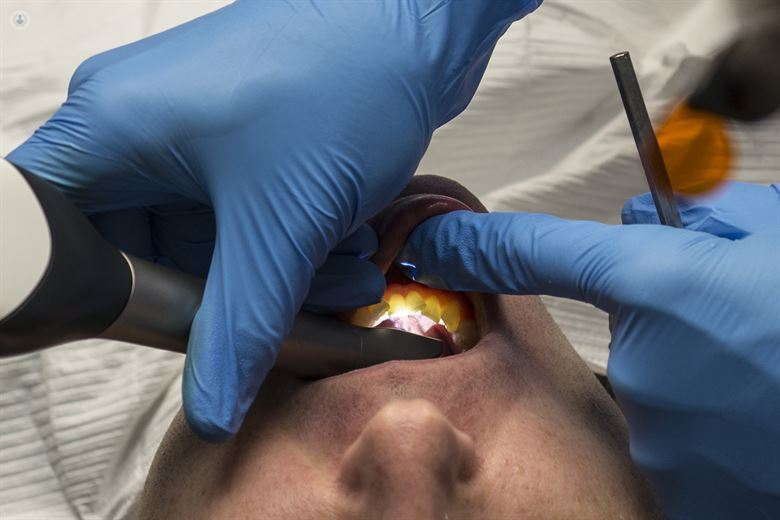Digital impressions
What is a digital dental impression?
A dental impression is an accurate mould of a person’s teeth. Traditionally, this is done by using one of a number of possible casting materials to create a negative imprint of the teeth, which can then be used to create a positive replica. Modern advances in technology mean that dentists can now create virtual impressions of the hard and soft tissues in the mouth using optical scanning devices. These digital impressions are highly accurate and can be completed in minutes, with minimum discomfort for the patient.
What does a digital dental impression involve?
There are two types of digital dental impression – one is image-based, capturing a series of digital photographs, while the other captured a digital video. The procedure can either involve laser scanning, using concentrated beams of light to capture the teeth and gums in precise detail, without the need for any unpleasant material in the patient’s mouth, or digital optical scanners, which require a special spray on the teeth to capture accurate detail. Both options are safe and highly accurate.
An intraoral wand is typically put in the patient’s mouth to conduct the scan. Once the scan is complete, the digital impression is usually send to a dental CAD/CAM system to create the restoration.
What is the difference between digital and traditional impressions?
The traditional method of taking dental impressions is a delicate process, requiring a lot of skill. It involves many more steps than its digital counterpart, and utilises multiple materials. All of this makes it more likely that errors will occur. The dentist will check for errors in the negative impression, but as it is inverted, spotting errors is more difficult, and if errors are detected, the patient will have to undergo the procedure again.
The digital method is much faster and more precise. It creates a positive impression when the scan is complete, and with the ability to magnify the image, it is much easier to spot errors. If there are errors, it is quick and easy to re-scan and correct the problem before sending the final impression. The result is obtained far quicker, and it is possible to analyse the results of the scan immediately, even during the same appointment. If necessary, additional scans can easily be made.


